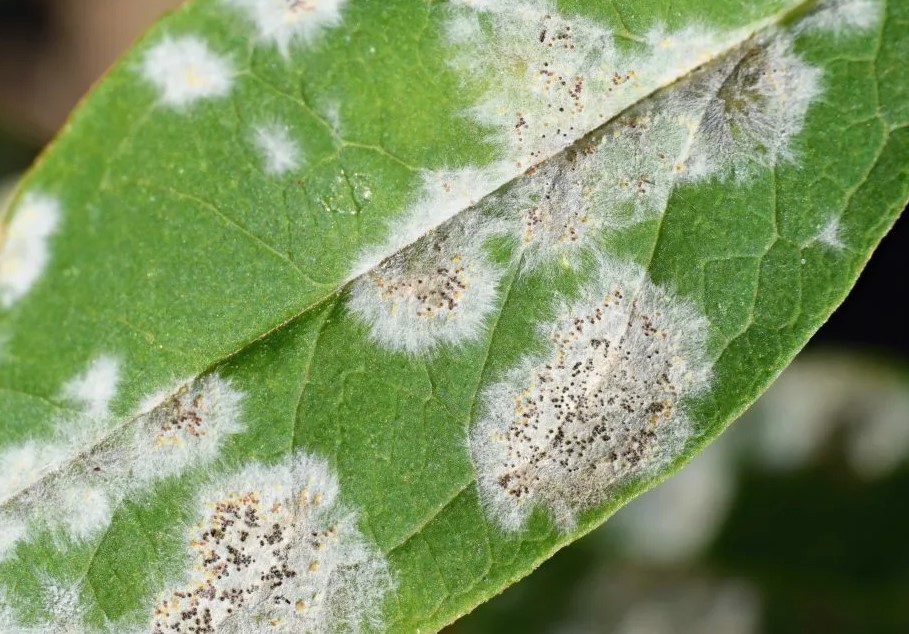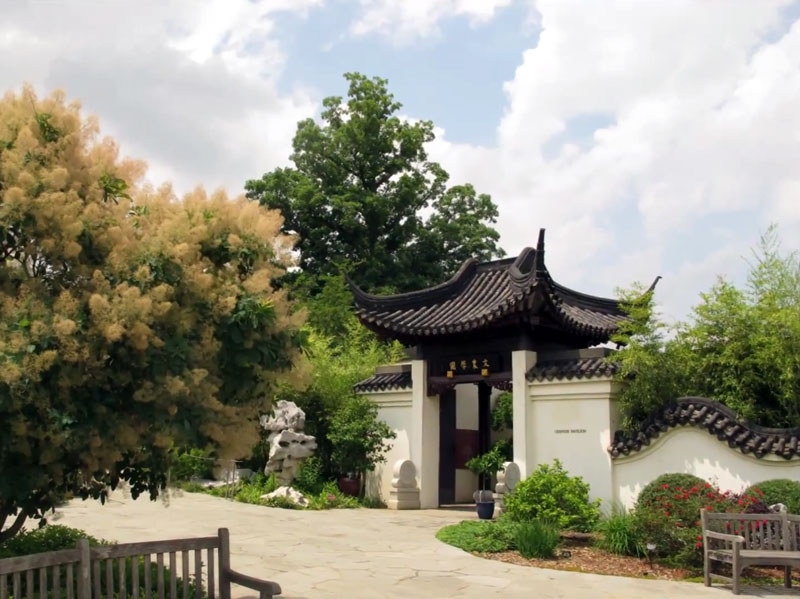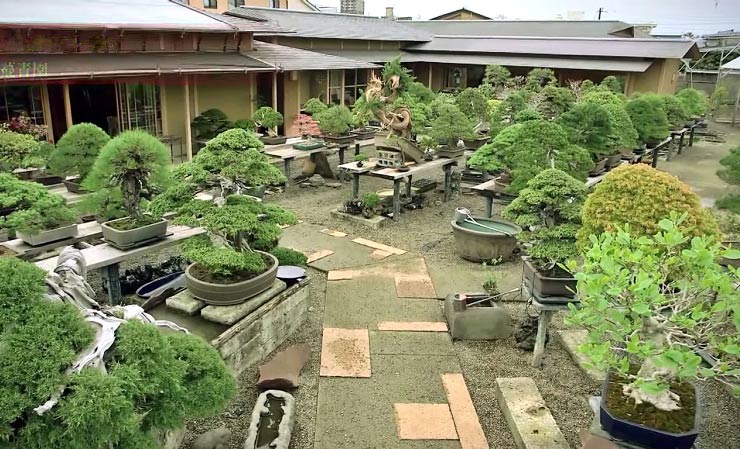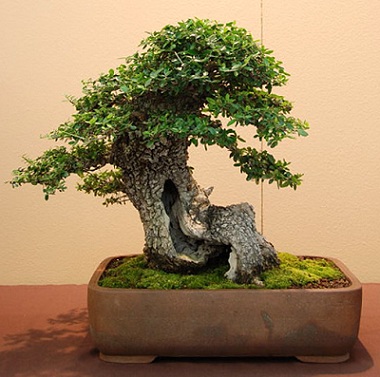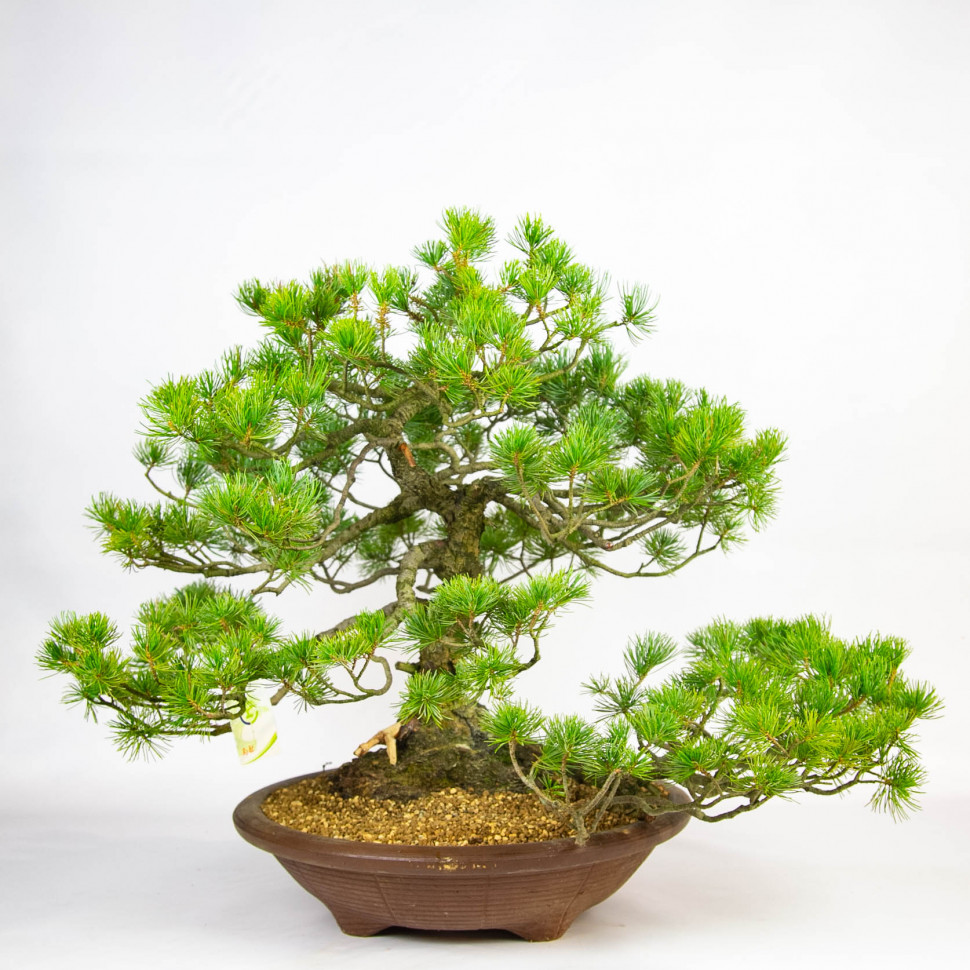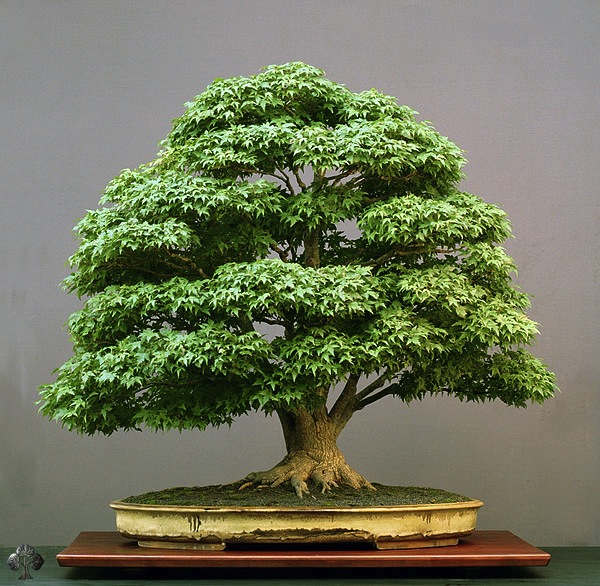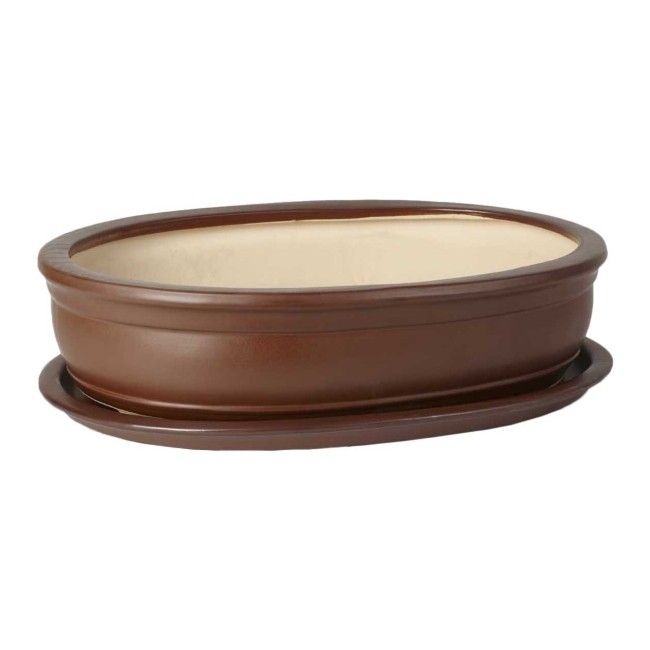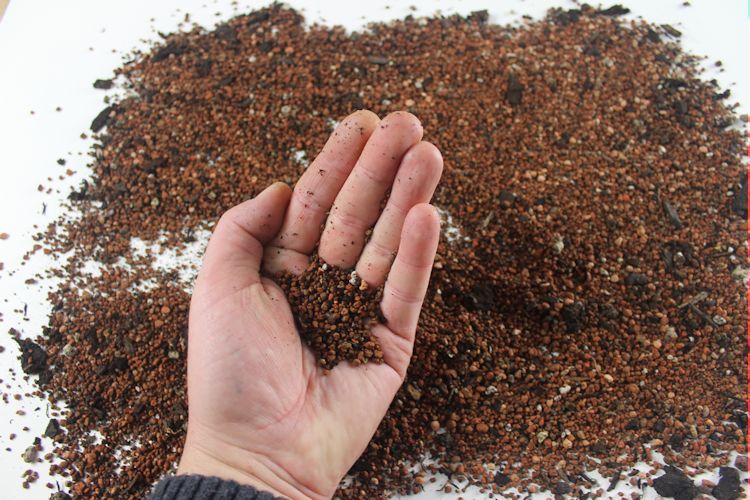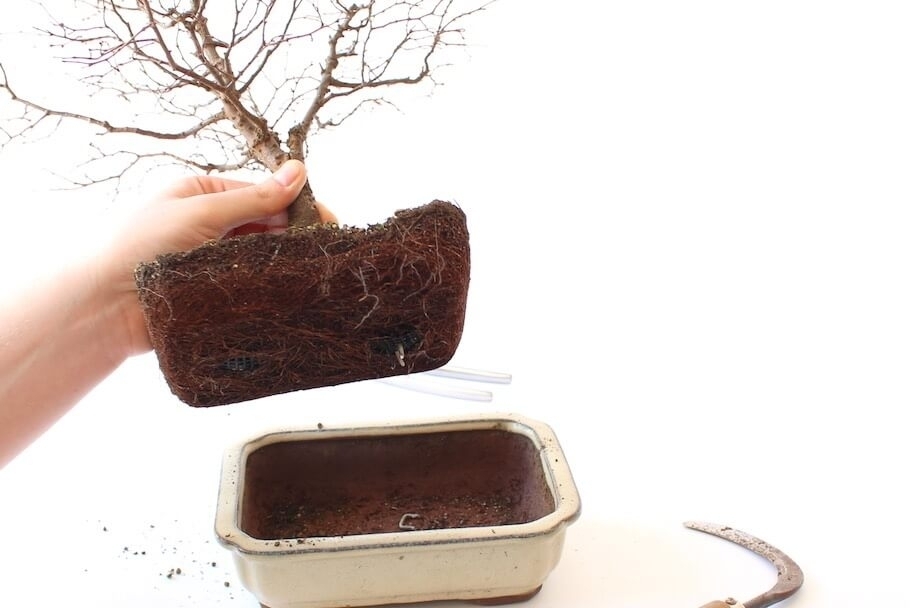Most plants, both indoor and garden, are susceptible to attack by insect pests. Every gardener knows that these small parasites bring big problems and diseases. For example, a black aphid can destroy a plant in two days, and a wine weevil can destroy more than one bonsai and remain unnoticed. The material provided will introduce you to the most common pests and plant diseases, and also tell you how to deal with them.
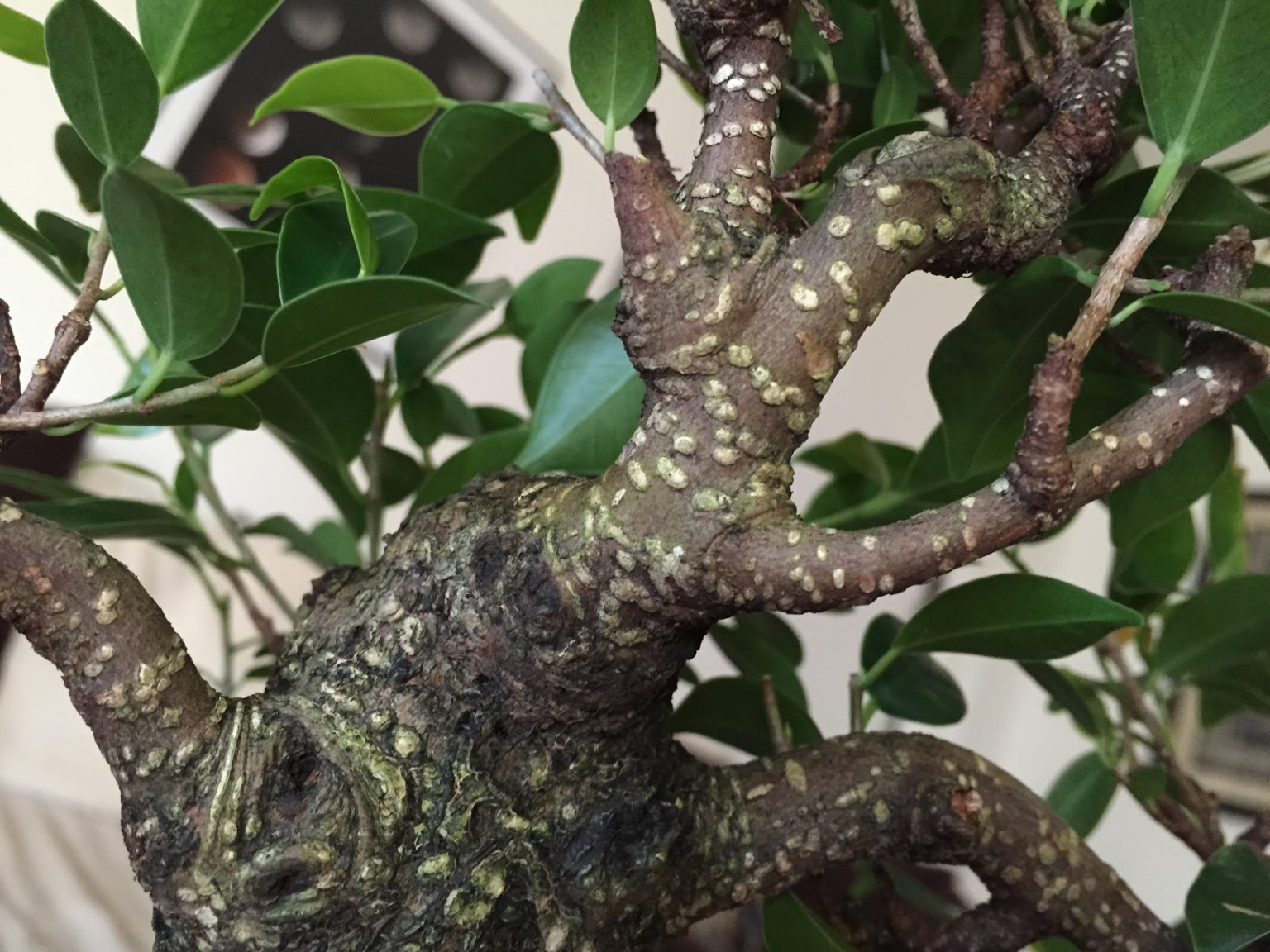
Aphids: root, green, white and black
This pest sucks the juices from the plant. Aphids reproduce very quickly, as a result, they can quickly destroy your bonsai. Green aphids attack young buds and leaves, and black ones prefer branches and shoots. Black aphids, in addition to everything else, are also an active carrier of diseases, so they are more dangerous.
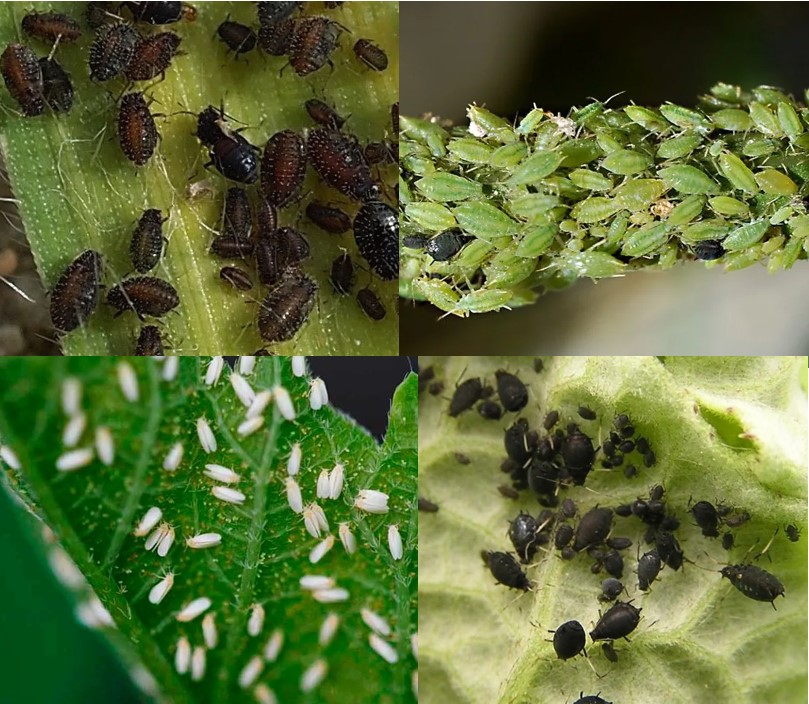
Be very careful and if you find aphids, take immediate action: Spray affected trees with insecticides three times a week.
Don't forget to spray the plants around your bonsai. These pests most often appear in the fall or spring.
Hairy (hairy) aphid
Pine and larch trees are most often attacked by the hairy aphid. It looks like cotton wool balls and is located at the base of the needles.
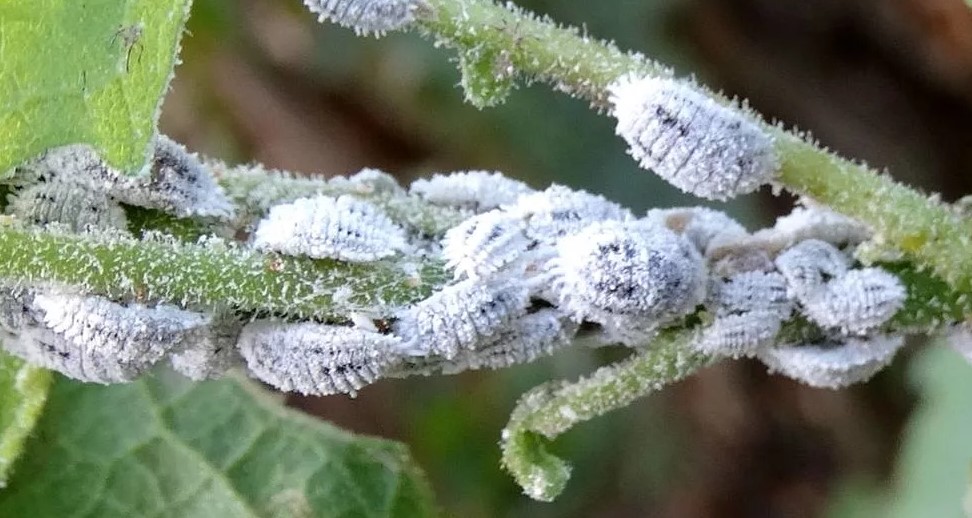
To get rid of hairy aphids, first try to blow off as many aphids as possible, making sure that they do not fall on neighboring plants. For this, it is better to do this procedure outside or in the entrance. Then Spray the tree with insecticide three times a week, and then wash off the insects found. Later, repeat the procedure using a different preparation. After some time, change the insecticide again and spray the plant for another week.
Scale insect
The scale insect looks like a growth on the bark, it imitates its color. Adult insects feed on the juice of the plant, having attached themselves to the branch, become motionless and are covered with a shield. Scale insects affect almost all types of bonsai, it is believed that it can live on seventy types of trees. Small individuals are able to hide in cracks in the bark.
Remove any insects found and use insecticides to completely destroy them.
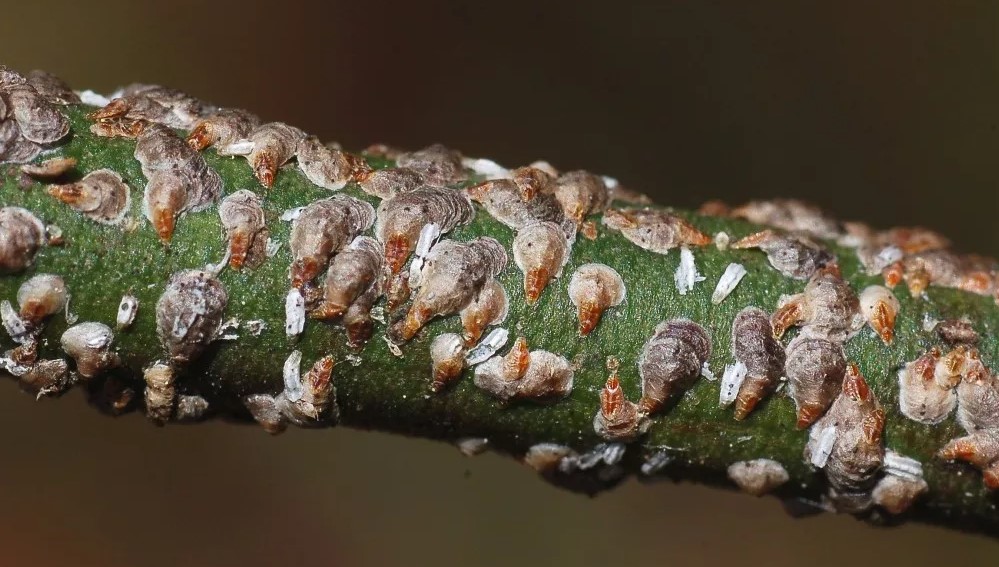
Leaf beetle
The leaf beetle is the larva of the leaf miner fly. It lays eggs on the underside of the leaf, from which the larvae hatch and penetrate the tissue. Long discolored stripes on the leaves are traces of the pest's progress.
Remove damaged leaves and treat the bonsai with an insecticide.
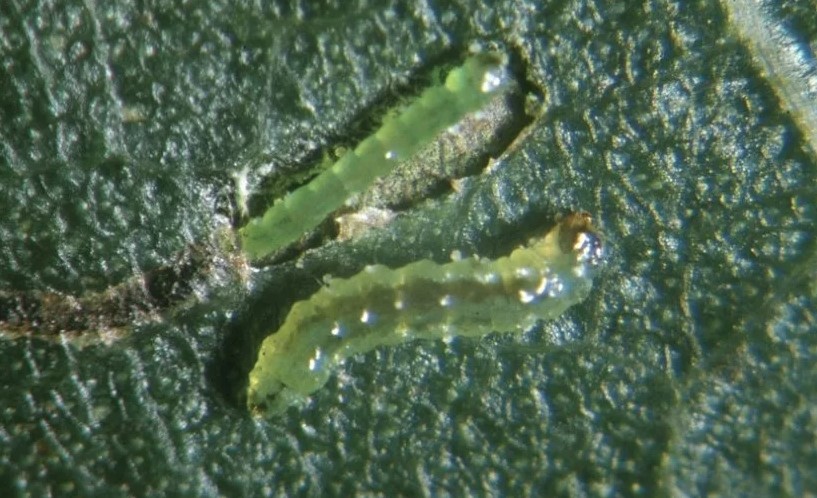
Bark beetle
There are many known varieties of this pest. They mainly affect adult bonsai, and can live in the thickness of the tree for a long time and not come to the surface. It is possible that years may pass before you discover it.
Monitor the condition of the bark of your bonsai, pay attention to small holes, especially if small wood chips are falling out of them, and to discolored areas of the trunk.
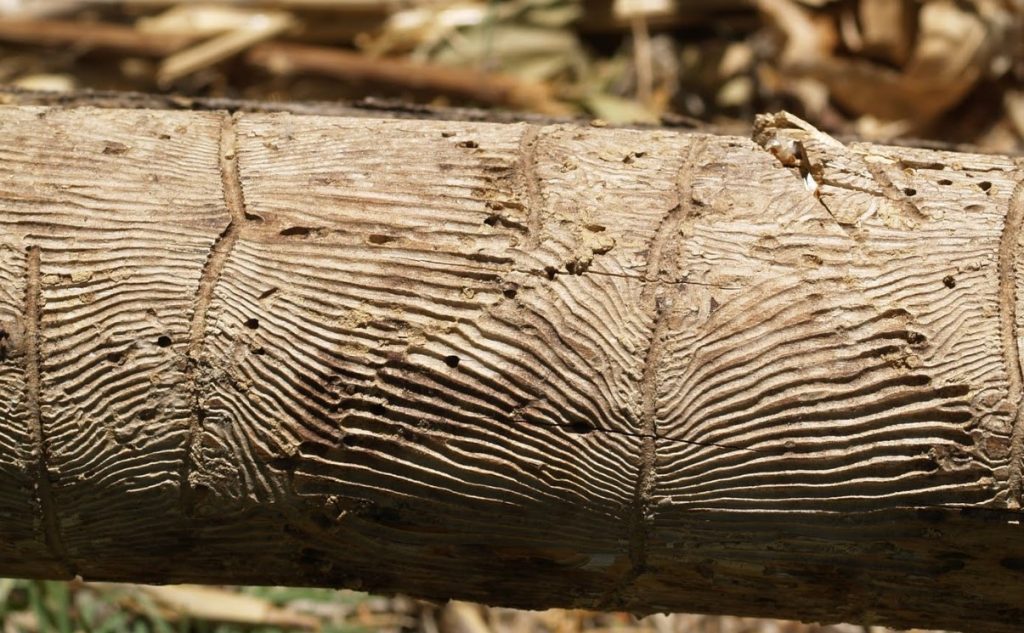
Destroy bark beetles with insecticide, spraying it on the plant once every seven days for eight weeks. Before using the insecticide, the bark on the affected areas is removed. Most often, to hide the defects from the bark beetle, on the affected trees they usespecial effects.Be careful when buying bonsai, sometimes bark beetles get into the hands of gardeners with imported plants.
Wine weevil
The beetles attack the leaves, but the larvae are especially dangerous because they are difficult to detect: they live in the soil for six months, feeding on the roots of plants. Having noticed the larvae (usually during replanting), water the soil with insecticideThere are currently special products on sale to combat this pest.
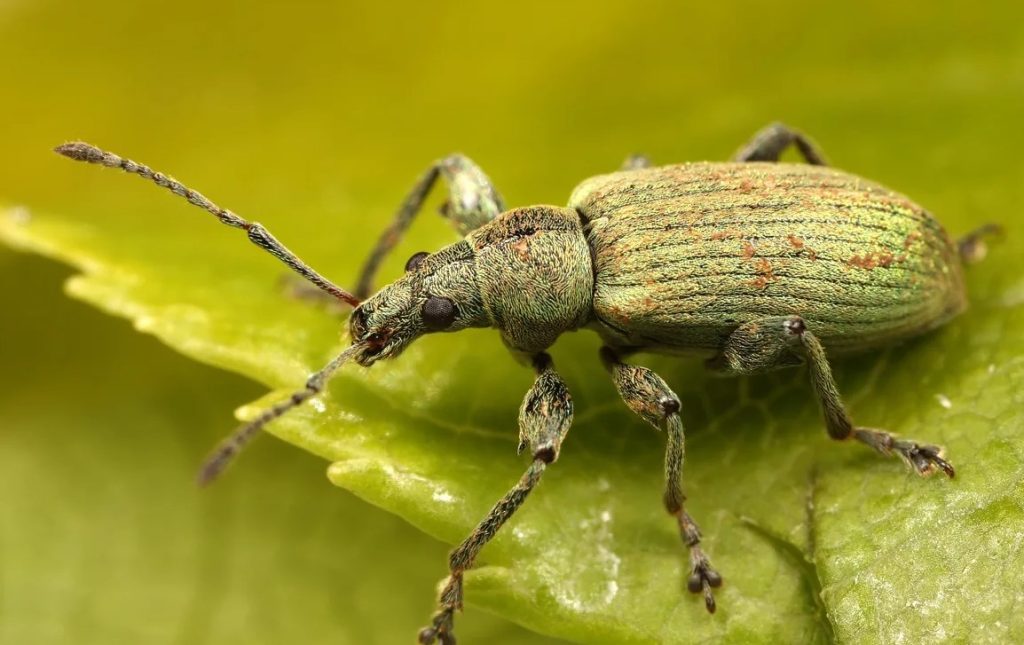
Red spider mite
This is a very small insect and can only be seen with a magnifying glass.
The sure signs of its appearance are yellowish spots on the upper side of the leaves and white webbing on the stems.
Red spider mites attack many plants, but most often - coniferous junipers. If you find this pest, spray the affected plant insecticide for three to four weeks.
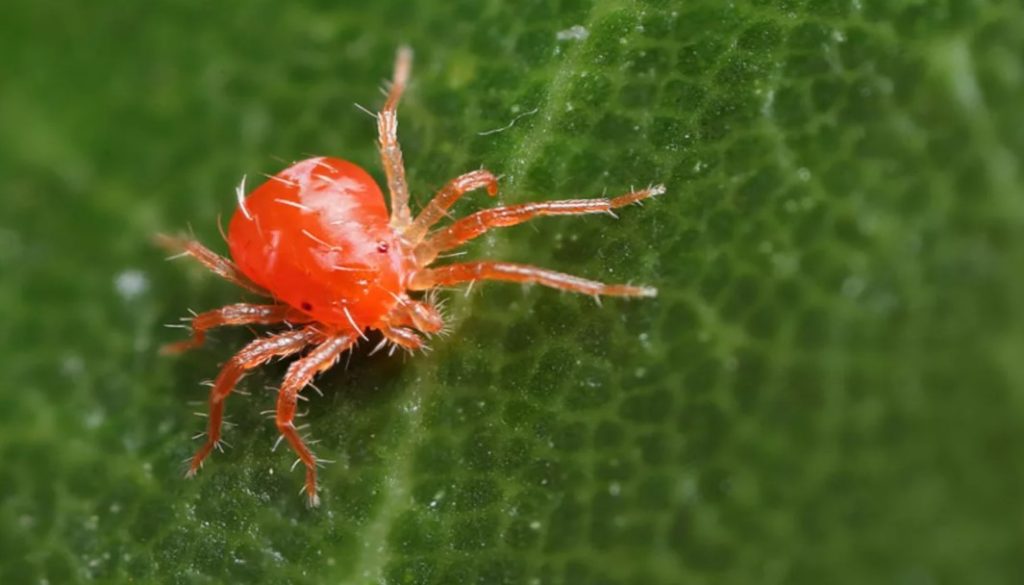
Spittlebug
The so-called "cuckoo spit". It feeds on plant juice. It is easily recognized by its peculiar nest of bubbles. If you crush this nest with your finger, you will find a light green insect that will immediately jump away. Spray the affected bonsai with insecticide. Monitor the condition of neighboring trees.
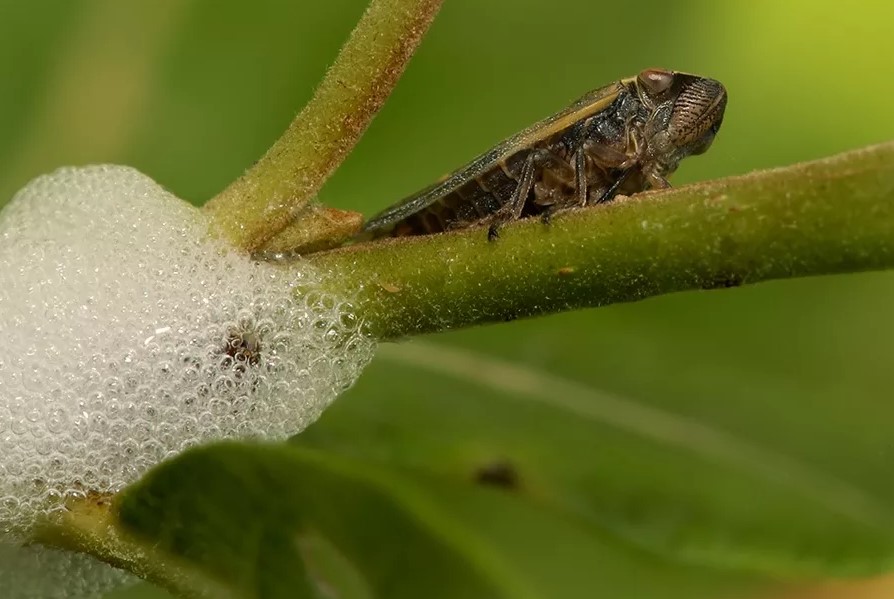
Root eater
A very dangerous pest. There are several varieties and can look like a caterpillar or a worm. It feeds on plant roots.
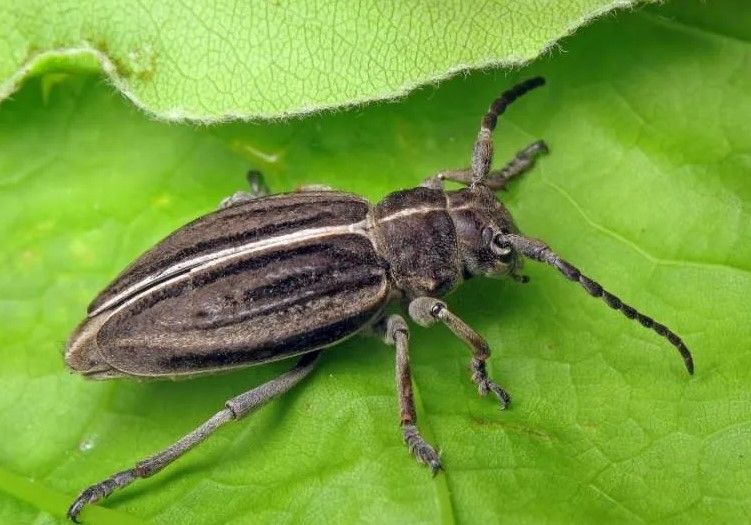
Powdery mildew
A fungal disease that occurs when the plant is in a room with poor air circulation and high humidity. To combat this, use a special fungicide. Do not allow the fungicide to get into the soil; cover it when treating branches and leaves so as not to destroy microorganisms useful for bonsai.
